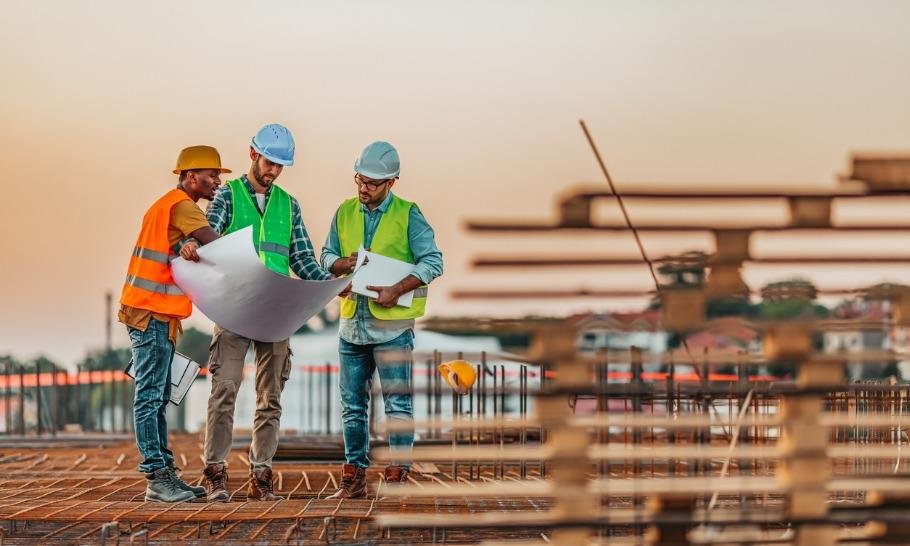Context
A major explosion near Delhi’s Red Fort on November 10 destroyed several vehicles and claimed 13 lives. The incident has brought attention to the crucial role of forensic experts in investigating blasts, identifying causes, and determining whether such explosions are accidental or intentional.
What is a Forensic Investigation in Blast Cases?
- Forensic investigation in explosion cases involves the scientific collection, analysis, and interpretation of evidence from the blast site.
- The main objectives include:
- Determining the cause and type of explosion.
- Identifying the materials or explosives used.
- Establishing links between suspects, devices, and the scene.
- Helping law enforcement understand whether the explosion was accidental or planned.
- Explosions differ from other crimes because the intense heat and pressure destroy most evidence, making forensic recovery extremely challenging.
Why is Forensic Analysis Important?
- It provides scientific validation to police investigations, ensuring evidence stands in a court of law.
- Helps in quick identification of explosive materials, crucial for preventing further attacks.
- Establishes accountability and intent – whether it was a malfunction, negligence, or a deliberate act of terror.
- Supports policy and security upgrades by understanding new trends in explosive materials or techniques.
How Do Forensic Experts Investigate Blasts?
- On-Site Investigation
- Experts from the Explosives Department and police reach the scene immediately.
- They apply Locard’s Exchange Principle – every contact leaves a trace.
- Collect burnt debris, metal fragments, carbon residues, and electronic components.
- Take photographs and sketches to reconstruct the site layout.
- Laboratory Analysis: Collected samples undergo a series of advanced tests:
| Technique | Purpose |
| Fourier Transform Infrared Spectroscopy (FTIR) and ATR-FTIR | Identify chemical bonds and detect explosive residues by studying infrared light absorption. |
| Raman Spectroscopy | Detects specific chemical compounds used in explosives. |
| Scanning Electron Microscopy (SEM) | Examines the structure and surface of microscopic fragments. |
| Energy Dispersive X-ray (EDX) Analysis | Determines elemental composition of residues. |
| Thermal Analysis | Studies chemical stability and activity of explosive materials. |
| Laser-based Scene Mapping and Flashpoint Testing | Helps trace the origin and spread of fire post-blast. |
- Determining Intent: By analysing the blast pattern, residues, and fire spread, experts can infer:
- Whether the blast was due to mechanical failure or intentional detonation.
- Presence or absence of electronic timers or remote-control circuits.
Collaborative Forensic Effort
Explosion investigations involve multiple forensic divisions working together:
- Explosives Experts: Analyse chemical residues.
- Cyber Forensics: Examine CCTV footage and digital traces.
- Forensic Physicists: Identify original engine and chassis numbers using thermochemical etching.
- DNA Experts: Identify victims through DNA profiling of body remains.
Such collaboration ensures a comprehensive and credible scientific investigation.
Implications
- Reinforces the importance of forensic science in criminal justice and counter-terrorism.
- Encourages investment in modern lab infrastructure and faster evidence processing.
- Highlights the need for inter-departmental coordination and well-trained forensic personnel.
- Builds public confidence in evidence-based investigation rather than speculation.
Challenges and Way Forward
| Challenges | Way Forward |
| Evidence destruction due to heat and pressure makes analysis difficult. | Develop portable, high-sensitivity detection devices for early collection. |
| Lack of coordination between multiple forensic divisions. | Create integrated forensic command units for multi-disciplinary response. |
| Limited manpower and outdated lab infrastructure in many states. | Invest in advanced labs, training, and AI-assisted forensic systems. |
| Delay in evidence collection and contamination at crime scenes. | Standardize rapid response protocols and preserve scene integrity. |
| Dependence on foreign technology for certain equipment. | Promote indigenous R&D in forensic instrumentation. |
Conclusion
Forensic experts form the scientific backbone of criminal investigation, turning debris into data and chaos into clues. In blast cases, their work determines truth, accountability, and justice. Strengthening forensic infrastructure, ensuring inter-agency collaboration, and adopting modern analytical tools will help India respond faster and more effectively to such critical incidents – blending science with security.
| Ensure IAS Mains Question Q. Forensic science plays a crucial role in establishing scientific evidence in cases of explosions. Discuss how forensic experts investigate blast incidents and explain the importance of inter-departmental collaboration in such cases. (150 words) |
| Ensure IAS Prelims Question Q. With reference to forensic investigation in explosion cases, consider the following statements: 1. Locard’s Exchange Principle forms the basis for collecting evidence at blast sites. 2. Fourier Transform Infrared Spectroscopy (FTIR) helps identify explosive residues by analysing their interaction with infrared light. 3. Energy Dispersive X-ray (EDX) is primarily used to determine DNA structure of victims. Which of the above statements is/are correct? a) 1 and 2 only b) 2 and 3 only c) 1 and 3 only d) 1, 2 and 3 Answer: a) 1 and 2 only Explanation: Statement 1 is correct: Locard’s Principle helps establish a link between suspect and scene through material exchange. Statement 2 is correct: FTIR is used to analyse how explosive samples interact with infrared light to identify chemical residues. Statement 3 is incorrect: EDX identifies elemental composition of residues, not DNA structures. |




